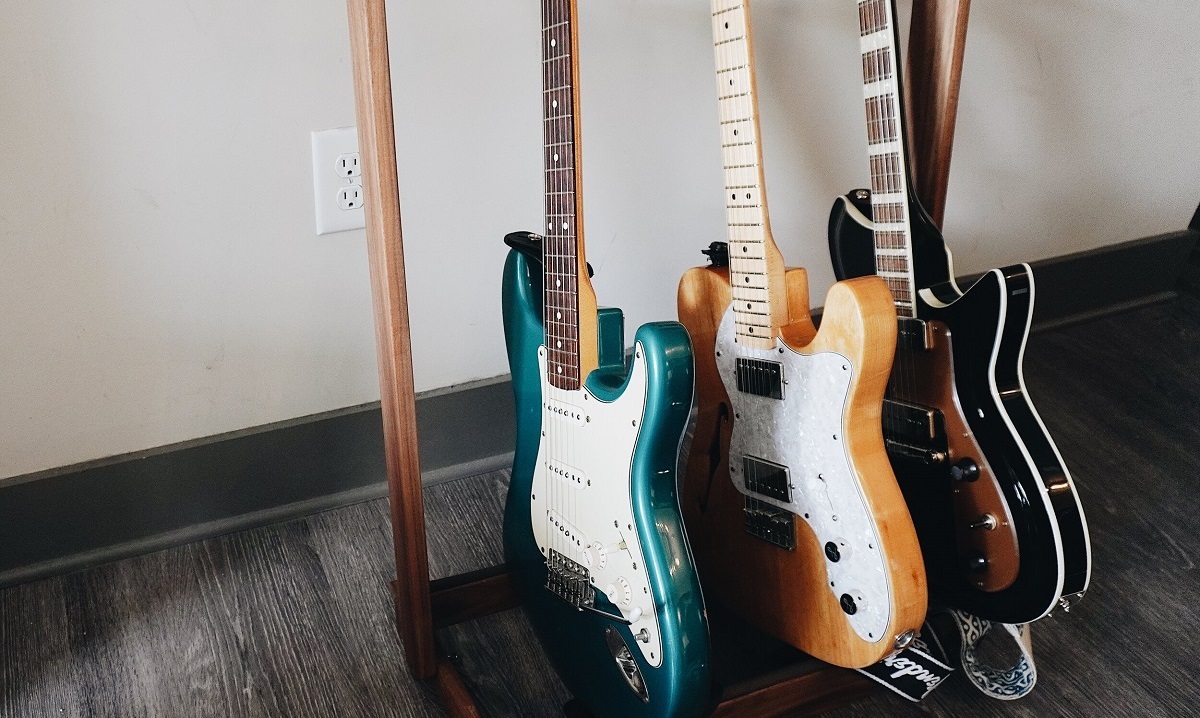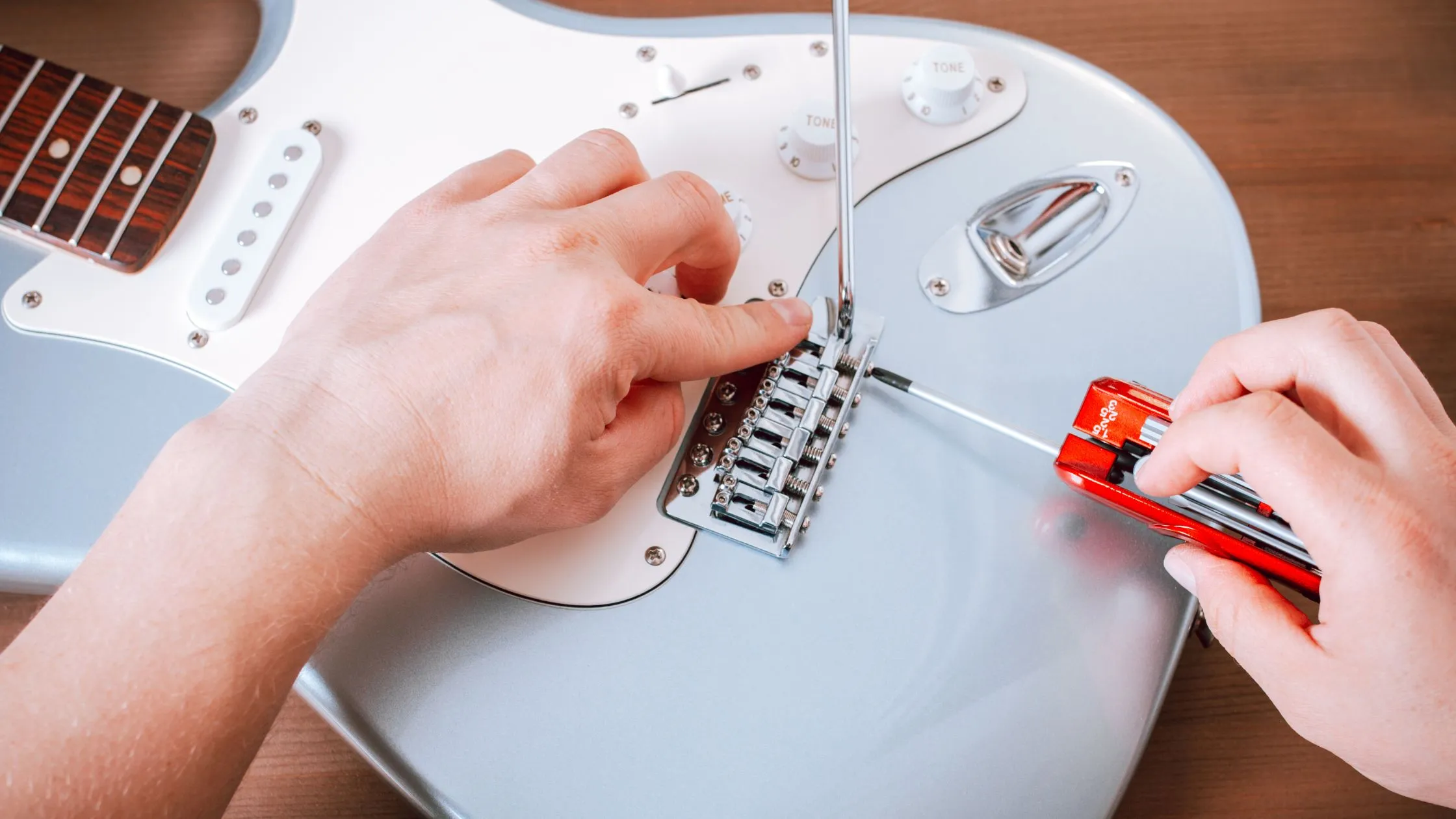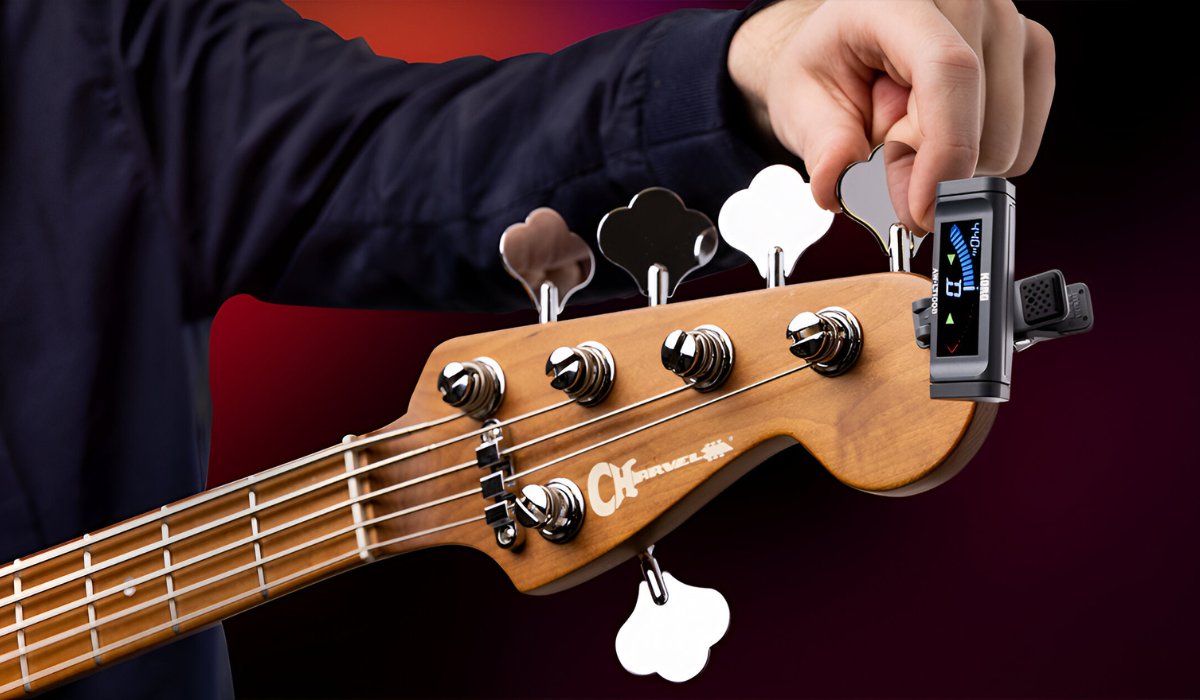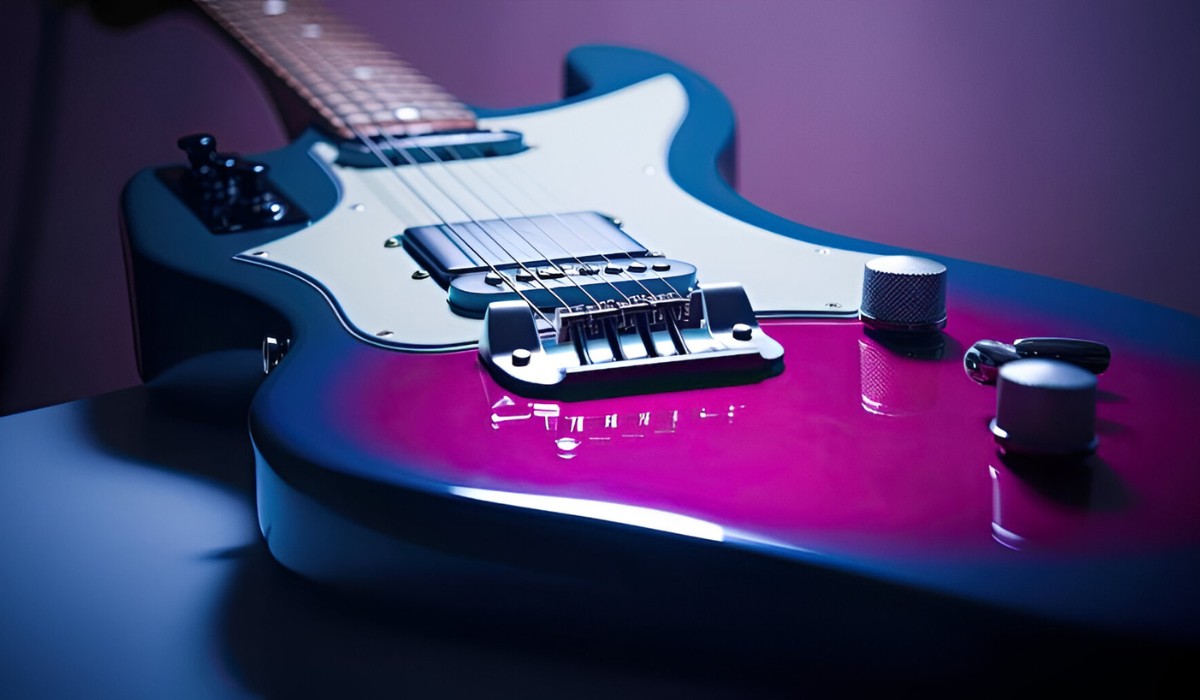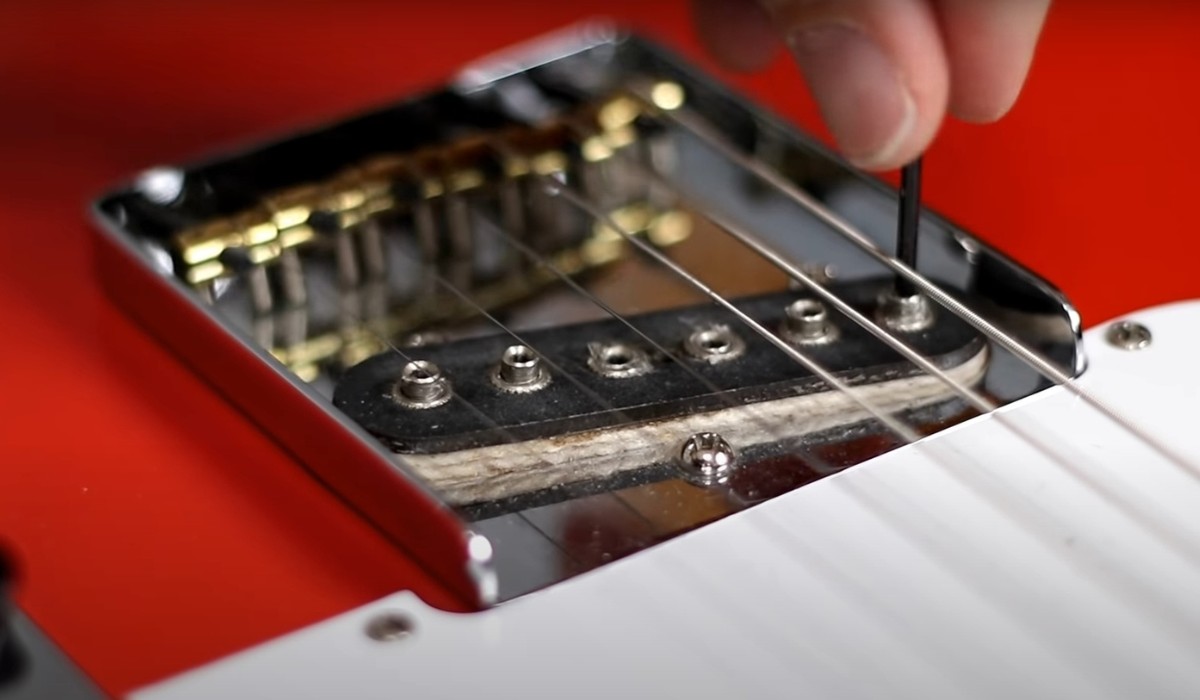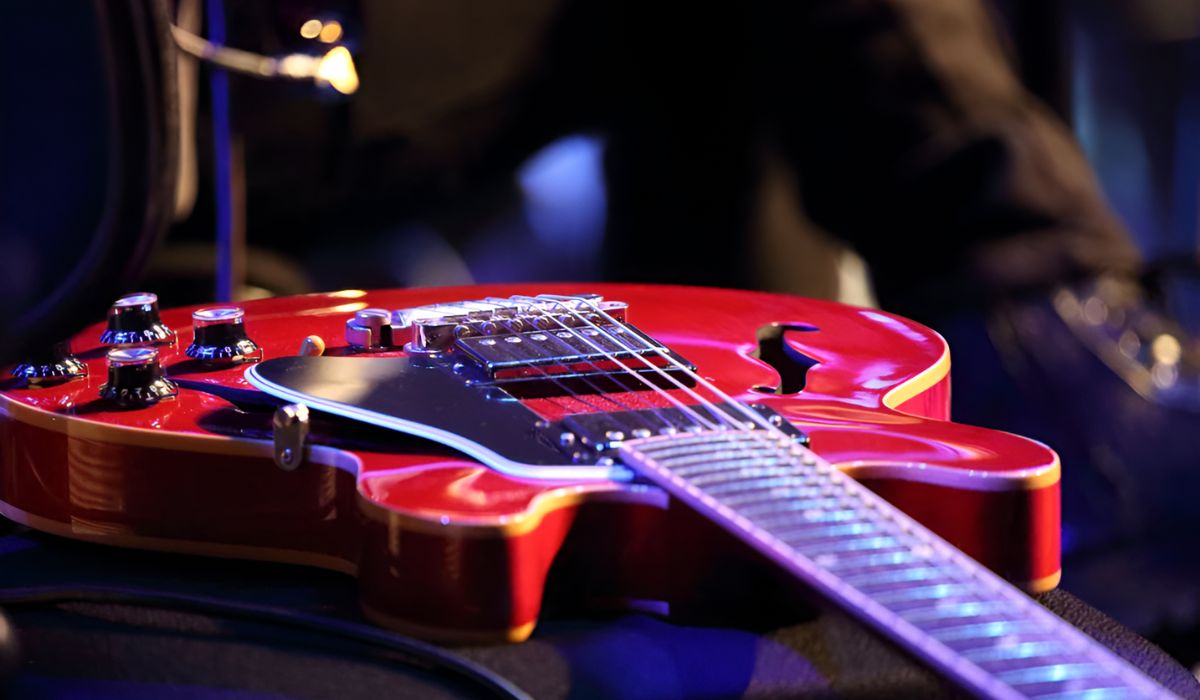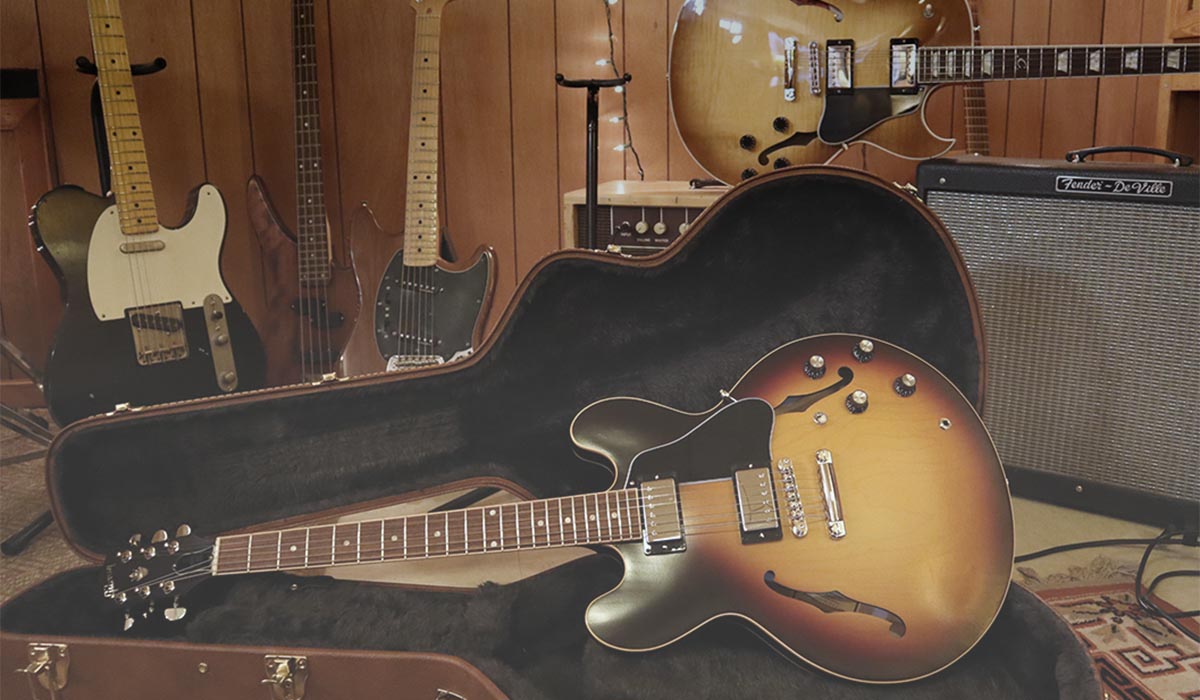Introduction
So, you've got yourself an electric guitar, and you want to make sure it stays in top-notch condition for years to come. Proper storage is essential for maintaining the sound, playability, and overall condition of your prized instrument. Whether you're a seasoned musician or just starting out, taking care of your electric guitar is crucial to preserving its value and ensuring it sounds as good as the day you first picked it up.
In this guide, we'll walk you through the essential steps for storing your electric guitar properly. From choosing the right case or gig bag to maintaining and cleaning your instrument, we'll cover everything you need to know to keep your guitar in optimal condition. Additionally, we'll discuss the importance of storing your guitar in a safe and dry place, away from extreme temperatures, and the significance of regularly checking and adjusting its setup.
By following these guidelines, you'll not only protect your investment but also ensure that your electric guitar continues to deliver exceptional sound and performance. So, let's dive in and learn how to store your electric guitar the right way.
Choosing the Right Case or Gig Bag
When it comes to storing your electric guitar, the first step is selecting the right case or gig bag to protect it from potential damage. Both hardshell cases and gig bags offer distinct advantages, and your choice will depend on your specific needs and preferences.
- Hardshell Case: If you frequently transport your electric guitar or need maximum protection, a hardshell case is the way to go. These durable cases feature a rigid exterior that shields your instrument from impacts, making them ideal for touring musicians or those who frequently take their guitar on the road.
- Gig Bag: On the other hand, gig bags provide a lightweight and convenient option for storage and transport. They are often equipped with padding to cushion the guitar and multiple pockets for accessories. While gig bags may not offer the same level of protection as hardshell cases, they are suitable for everyday use and can be more comfortable to carry.
Regardless of your choice, ensure that the case or gig bag fits your electric guitar snugly, preventing it from moving around during transport or storage. Additionally, consider features such as weather resistance, storage compartments, and shoulder straps when making your selection. By choosing the right case or gig bag, you can safeguard your electric guitar from potential harm and ensure it remains in pristine condition.
Properly Cleaning and Maintaining Your Guitar
Maintaining a clean and well-kept electric guitar is essential for preserving its playability and aesthetics. Regular cleaning not only prevents the buildup of dirt, grime, and oils but also ensures that the instrument’s hardware and electronics function optimally. Here are some key steps to properly clean and maintain your electric guitar:
- Polishing the Body: Use a clean, soft cloth to gently polish the guitar’s body, removing fingerprints and smudges. For glossy finishes, a dedicated guitar polish can help maintain its luster, while matte finishes can be cleaned with a damp cloth.
- Cleaning the Fretboard: The fretboard should be cleaned and conditioned regularly to prevent dirt buildup and maintain the wood’s integrity. Use a specialized fretboard cleaner and conditioner to remove grime and hydrate the wood, keeping it in optimal condition.
- Restringing the Guitar: Regularly changing the strings not only keeps the guitar sounding fresh but also prevents the accumulation of dirt and oils on the frets and fretboard. After restringing, wipe down the strings with a cloth to remove any residue.
- Inspecting Hardware and Electronics: Periodically check the hardware, including the tuning pegs, bridge, and pickups, to ensure they are secure and free of debris. Additionally, use compressed air to remove dust from the electronics and control cavities.
By incorporating these cleaning and maintenance practices into your routine, you can extend the lifespan of your electric guitar and maintain its visual appeal and performance. Remember to use appropriate cleaning products and tools designed for guitars to avoid damaging the instrument’s finish or components. With proper care, your electric guitar will not only look great but also continue to deliver exceptional sound and playability for years to come.
Storing Your Guitar in a Safe and Dry Place
Choosing the right storage location for your electric guitar is crucial for preserving its condition and protecting it from potential harm. Here are some key considerations for storing your guitar in a safe and dry place:
- Humidity Control: Maintain a stable humidity level in the storage area, as excessive moisture can damage the guitar’s wood and metal components. Consider using a dehumidifier or humidity control packs to regulate the moisture level, especially in environments prone to high humidity.
- Avoiding Direct Sunlight: Direct exposure to sunlight can lead to discoloration, warping, and damage to the finish of your electric guitar. Store the instrument in a location where it is shielded from direct sunlight, such as a closet or a dedicated guitar stand away from windows.
- Elevated Storage: Store your guitar in a location where it is elevated from the ground, such as a guitar stand or wall hanger. This prevents potential damage from accidental kicks, spills, or floor-level humidity.
- Protective Covering: When not in use, consider covering your guitar with a breathable fabric or a specifically designed guitar cover. This helps shield the instrument from dust, pet dander, and other airborne particles that can accumulate over time.
By storing your electric guitar in a safe and dry place, you can mitigate the risk of environmental damage and ensure that the instrument remains in optimal condition. Additionally, regular inspection of the storage area can help identify and address any potential issues that may affect the guitar’s well-being. With proper storage practices, you can safeguard your electric guitar and enjoy its pristine condition for years to come.
Keeping Your Guitar Away from Extreme Temperatures
Extreme temperatures can have detrimental effects on the materials and components of your electric guitar. Whether it’s intense heat or freezing cold, exposing your instrument to extreme temperature variations can lead to warping, finish damage, and compromised structural integrity. Here are essential tips for keeping your guitar away from extreme temperatures:
- Avoiding Rapid Temperature Changes: Sudden shifts in temperature can cause the wood to expand or contract rapidly, potentially leading to cracks or finish damage. When transporting your guitar in cold weather, allow it to acclimate to room temperature before removing it from the case or gig bag.
- Storage in Moderate Conditions: Store your electric guitar in an environment with stable and moderate temperatures. Avoid areas that are subject to extreme heat, such as attics or vehicles, as well as locations prone to extreme cold, such as unheated basements or garages during winter.
- Protecting the Finish: High temperatures can soften the finish of your guitar, making it susceptible to scratches and dents. Keep the instrument away from direct sources of heat, such as radiators, heating vents, or space heaters, to prevent damage to the finish.
- Case Insulation: When transporting your guitar in cold weather, consider using a thermal-insulated guitar case to provide an extra layer of protection against temperature fluctuations. This can help buffer the instrument from extreme cold and maintain a more stable internal temperature.
By taking precautions to keep your guitar away from extreme temperatures, you can safeguard its structural integrity and finish, ensuring that it remains in optimal playing condition. Additionally, being mindful of temperature considerations when traveling with your guitar can help prevent potential damage and preserve its longevity. With proper care and attention to temperature exposure, you can protect your electric guitar from the adverse effects of extreme environmental conditions.
Regularly Checking and Adjusting the Guitar’s Setup
Ensuring that your electric guitar’s setup is in top condition is vital for maintaining its playability, intonation, and overall performance. Regular checks and adjustments can prevent issues such as buzzing, poor tuning stability, and uneven action, allowing your instrument to sound its best. Here are essential steps for regularly checking and adjusting your guitar’s setup:
- Truss Rod Adjustment: Periodically inspect the neck relief and make truss rod adjustments as needed to maintain the ideal amount of curvature in the neck. This helps prevent fret buzzing and ensures optimal playability.
- Intonation Adjustment: Check the intonation of each string and make adjustments at the bridge saddle to ensure that the guitar plays in tune across the entire fretboard. Proper intonation is crucial for accurate pitch and harmonious chord voicings.
- Action and String Height: Evaluate the action, or string height, to ensure it meets your playing preferences. Adjust the bridge and nut height as necessary to achieve comfortable playability without sacrificing tone or sustain.
- Pickup Height Adjustment: Verify the pickup height to optimize the balance between individual string volumes and overall output. Fine-tuning the pickup height can enhance tonal clarity and sustain.
By regularly checking and adjusting your electric guitar’s setup, you can maintain its optimal playability, tonal characteristics, and overall responsiveness. Whether you perform these adjustments yourself or seek the expertise of a professional guitar technician, a well-maintained setup is essential for ensuring that your instrument performs at its best. With proper care and attention to the guitar’s setup, you can enjoy consistent playability and exceptional tone from your electric guitar.
Conclusion
Properly storing an electric guitar is fundamental to preserving its condition, playability, and longevity. From selecting the right case or gig bag to maintaining and cleaning the instrument, each aspect of storage plays a crucial role in safeguarding your guitar. By storing your guitar in a safe and dry place, away from extreme temperatures, and regularly checking and adjusting its setup, you can ensure that it continues to deliver exceptional sound and performance for years to come.
Remember, the investment you make in your electric guitar extends beyond its initial purchase—it encompasses the care and attention you dedicate to its maintenance and protection. By incorporating the guidelines outlined in this guide into your guitar care routine, you can safeguard your instrument from environmental damage, maintain its visual appeal, and ensure its optimal playability.
Ultimately, the effort you put into storing your electric guitar the right way will be reflected in its sound, feel, and overall condition. Whether you’re a professional musician, a dedicated hobbyist, or a beginner, treating your electric guitar with care and attention to storage practices will preserve its value and allow you to enjoy its exceptional qualities for years to come.







